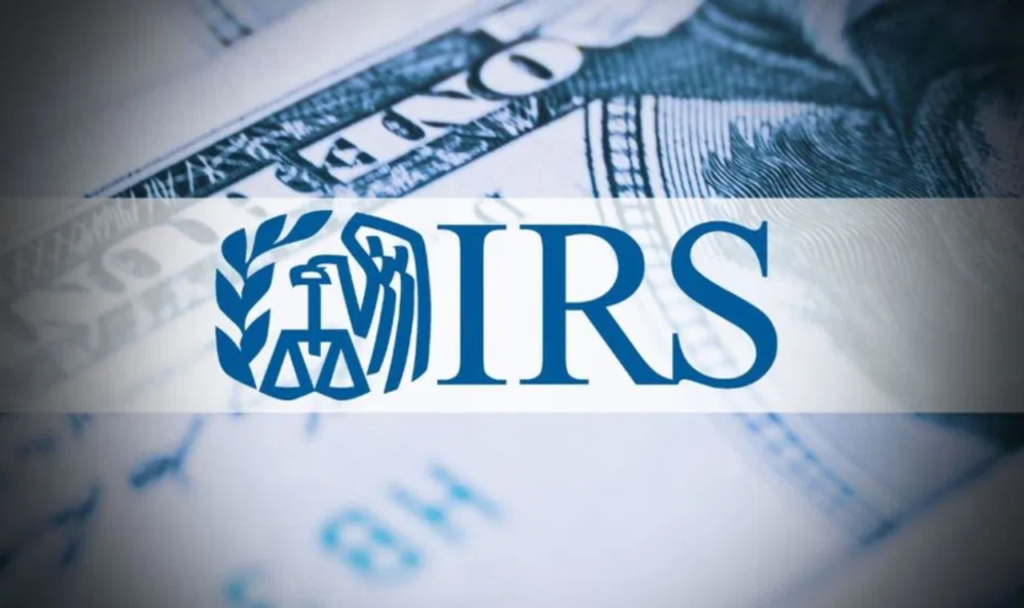In an unprecedented move reshaping the structure of the Internal Revenue Service, more than 22,000 employees have accepted a voluntary buyout offer under the Trump administration’s Deferred Resignation Program (DRP), setting the stage for one of the largest federal workforce reductions in U.S. history.
The IRS, which employs just over 100,000 people, could see its workforce shrink by as much as 40% by the end of the year. The sweeping cuts are part of a broader federal initiative aimed at reducing government spending and streamlining agency operations.
What Is the Deferred Resignation Program?
Under the terms of the Deferred Resignation Program, eligible IRS employees were given the option to resign voluntarily in exchange for full salary and benefits through September 30, 2025 without being required to continue working during that period.
According to internal sources cited by Reuters, the response to the program exceeded expectations, with over 22,000 employees opting in within just weeks of its rollout.
The program is part of a larger set of workforce reforms being directed from the Office of Personnel Management (OPM) and the White House Office of Management and Budget (OMB). While such programs are not new, the scale and speed of the IRS buyouts are unprecedented.
More details on federal workforce initiatives can be found on the official OPM website.
IRS Faces Two-Phase Layoff Strategy
In addition to the DRP, the IRS is preparing for a formal Reduction in Force (RIF), which would proceed in two phases. The first wave of involuntary layoffs is expected to begin in the coming weeks, with a second wave scheduled for the fall following a departmental review in August.
Internal memos obtained by CBS News indicate that cuts could affect key areas such as taxpayer services, compliance enforcement, and IT infrastructure. The scope of the reduction raises concerns about the agency’s ability to carry out its core functions during the height of tax season and beyond.

What It Means for Taxpayers
Critics of the move, including former IRS officials and tax policy experts, warn that the mass resignation wave could significantly impact the agency’s ability to process tax returns, conduct audits, and provide customer service.
“This is a fundamental hollowing-out of one of the most critical agencies in the federal government,” said a senior former IRS administrator, speaking on condition of anonymity. “We are looking at slower refunds, reduced enforcement, and long-term erosion of tax compliance.”
Taxpayers have already reported long hold times and delayed responses in the early stages of the 2025 tax season, as documented . If the trend continues, the U.S. Treasury could experience a notable shortfall in revenue collection, complicating efforts to reduce the federal deficit.
Political and Economic Context
The Trump administration has framed the initiative as part of a broader “right-sizing” of the federal government. Officials argue that the agency can modernize and automate many of its functions, thereby reducing the need for a large staff.
“This administration is committed to making the federal government leaner, smarter, and more efficient,” a spokesperson for the Office of Management and Budget said. “We believe the IRS can meet its mission with a more streamlined workforce.”
However, policy analysts note that previous modernization efforts at the IRS have faced chronic underfunding and delays. While Congress approved an $80 billion funding boost in 2022 to revamp IRS technology and enforcement, most of that funding has since been frozen or redirected.
You can view the current IRS budget and staffing allocations through the U.S. Government Accountability Office (GAO).
Federal Layoffs Go Beyond the IRS
The IRS is not the only federal agency affected. The Department of Veterans Affairs (VA), the Department of Health and Human Services (HHS), and the Environmental Protection Agency (EPA) are among other departments undergoing significant staffing reductions.
The cuts reflect a broader shift in federal policy toward decentralization and private-sector partnerships, part of what the administration describes as a “New Era of Governance.”
For further details on federal employment and layoff statistics, consult the U.S. Office of Personnel Management’s FedScope portal www.fedscope.opm.gov.
Conclusion
The voluntary resignation of more than 20,000 IRS employees marks a turning point in federal workforce strategy, with long-term implications for tax collection, public services, and government operations. As the nation approaches the next election cycle, the effectiveness—and consequences—of these reforms are likely to be a focal point of political debate.
Stay updated on changes to federal services through the USA.gov official portal.

Pankaj Kumar is a skilled content writer at OTE News, focusing on breaking news, technology, and socio-political developments. With a background in Mass Communication, he brings a balanced perspective to his articles, ensuring clarity and reliability. Pankaj has a knack for simplifying complex topics for readers.
In his free time, he enjoys photography, traveling, and experimenting with new cuisines. His curiosity and dedication to truthful reporting make him a valuable contributor to OTE News.




